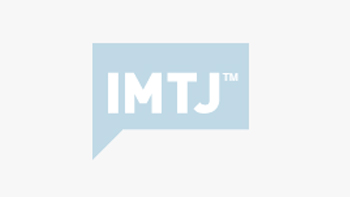Several Middle East countries have worked hard and been encouraged to see themselves as major medical tourism destinations. But despite development of new hospitals, marketing campaigns and high-profile conference attendance, the reality is that many more people are going elsewhere for treatment, than are going to the region, while much of the existing traffic is between countries and states in the area.
Several Middle East countries have worked hard and been encouraged to see themselves as major medical tourism destinations. But despite development of new hospitals, marketing campaigns and high-profile conference attendance, the reality is that many more people are going elsewhere for treatment, than are going to the region, while much of the existing traffic is between countries and states in the area.
For the Middle East medical tourism industry, the great hope has been the US market: if US patients and their insurers can be persuaded to undertake long–range travel, the industry will expand exponentially. But for the moment it is little more than a pipe dream, with surveys showing that US medical tourism numbers to be lower than hoped for. Insurance paid travel is held up by issues relating to liability, confidence and language, and show little sign of resolution.
According to Frost and Sullivan, the business research and consulting firm, the medical tourism industry is currently a USD 78.5 billion industry, with just over three million patients who travel around the globe for medical care. The Middle East is one of the key source markets for patients, with one in five healthcare seekers worldwide from Gulf and Arab states. Significantly, patients from UAE alone spend about USD 2 billion in healthcare travel on an annual basis.
While some Middle East organizations and countries are still hoping for an influx of business from other regions, others are realizing that their real markets are their own people who currently go abroad for treatment, and local markets. So competition between states is likely to increase.
A key area is to bring the number and quality of local services up to international standards. A recent example is King Fahad Specialist Hospital in Dammam that has achieved Joint Accreditation International accreditation. This accreditation recognizes its commitment to excellence in patient care with the highest standards of practice. The hospital had successfully carried out 48 kidney, two liver and four pancreas transplants without any complications or fatalities. Recently two liver transplants were successfully performed.
Some overseas healthcare providers see the region as having good potential for investment, mainly dealing with the increasing local nationals and the large expatriate worker populations-with any medical tourism as a bonus. The AST Rehabilitation Clinic in Cork has just announced plans for a major international expansion into Saudi Arabia. AST will be responsible for the establishment and management of a chain of clinics for the Saudi Arabian rehabilitation programme. AST have formed a partnership with Kussay Al-Rammah.The medical infrastructure is only beginning to develop in Saudi Arabia and Kussay has a vision of a first class health care system across the entire Arabian Peninsula. Adrian Tanzer of AST explains the new Saudi venture. “Initially, four treatment centres, catering for up to 300 patients per day, will be set up in different communities around the peninsula. These will be located in the provinces of Ad Damman in the Eastern Region, Riyadh in central Ar Riyad region, Jeddah in Makkah and Ha’il to the north.”








 ©2024 All rights reserved LaingBuisson
©2024 All rights reserved LaingBuisson 


